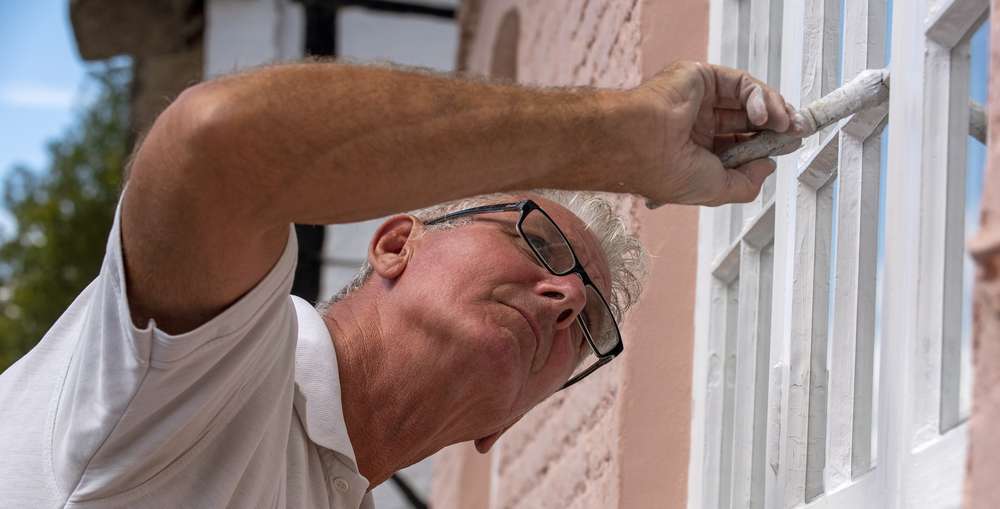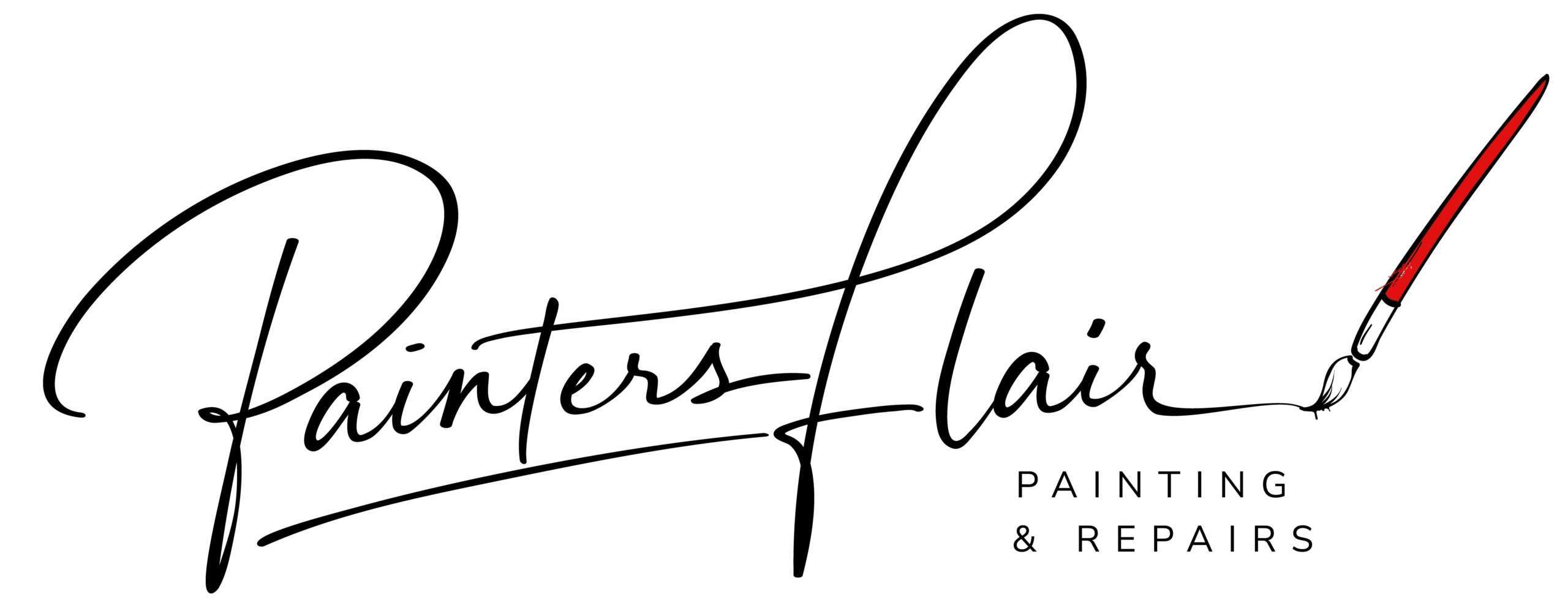
Exterior painting is an essential part of maintaining the aesthetics and structural integrity of your home. From pressure washing to the final touch-ups, the process involves several steps to ensure a professional and lasting finish. Let’s take a closer look at the detailed process of exterior painting, including pressure washing, repairs, priming, painting, and finishing touches.
Pressure Washing
Before any painting can begin, it’s crucial to start with a clean surface. Pressure washing the exterior of your home helps remove dirt, grime, and mildew, providing a smooth and clean canvas for the new paint. This step ensures better adhesion and a longer-lasting finish.
Repairing Siding and Trim
After the pressure washing, it’s time to address any areas in need of repair. Inspect the siding and trim for any damages, such as cracks, rot, or loose boards. All-purpose bondo can be used to fill small holes and imperfections, while larger repairs may require replacement or professional attention. Ensuring the integrity of the surfaces before painting is vital for a flawless result.
Scraping and Priming
Next, any loose paint or rough surfaces should be scraped and sanded to create a smooth foundation for the new paint. After the preparation, applying a high-quality primer is essential to seal the surface and promote adhesion. Priming also helps even out the surface and provides a uniform base for the topcoat.
Caulking and Window Protection
Sealing joints and gaps with caulking not only improves the appearance of the paint job but also prevents moisture intrusion and drafts. Covering windows with plastic shields them from overspray and ensures that no paint reaches areas where it shouldn’t.
Protecting Plants and Surfaces
Plants, shrubs, and other surfaces near the painting area need to be safeguarded from overspray and potential dripping of paint. Use drop cloths, plastic sheeting, or specialized covers to protect these elements and prevent any damage during the painting process.
Paint Application
When it comes to painting the exterior, using a combination of spraying and brushing is often the most effective approach. Sprayers are ideal for covering large siding and soffit areas efficiently, while brushing is necessary for precision work on trim and areas inaccessible to the spray gun. Careful attention to detail during the application ensures a professional and well-executed finish.
Finishing Touches and Touch-Ups
After the primary painting is complete, conducting a thorough inspection for any missed spots or imperfections is crucial. Touching up these areas ensures a seamless and polished final appearance. Additionally, removing any protective coverings and cleaning up the surrounding area marks the conclusion of the exterior painting process.
Conclusion
Completing a successful exterior painting project involves meticulous preparation, attention to detail during the application, and a commitment to quality in every step. From addressing repairs to protecting surrounding elements, each aspect contributes to the overall outcome of the paint job. Following these steps ensures not only a visually stunning result but also long-term protection for your home’s exterior.
